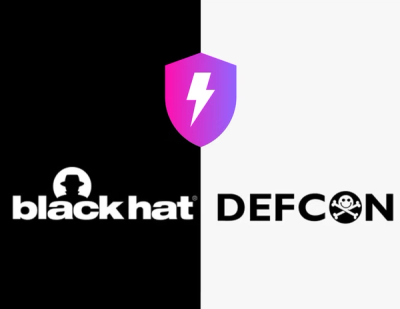
Research
/Security News
Contagious Interview Campaign Escalates With 67 Malicious npm Packages and New Malware Loader
North Korean threat actors deploy 67 malicious npm packages using the newly discovered XORIndex malware loader.
Simplify access to command line arguments in node apps, and query string or hash parsing in the browser environment.
If using in node, installation via npm is as simple as npm install commands.js or just clone this repo and include the lib/commands.js script.
When using in the browser, include the libs/commands.js script using <script src="/path/to/commands.js"></script>
Commands.get( key [, defaultValue] ) get the value of a named argument, or when that argument wasn't supplied get the supplied default value.
Commands.exists( key ) get a boolean flag for whether a named argument was supplied
Include Commands with require, then read command line arguments in camel case:
var Commands = require('commands.js');
console.log( Commands.get('someArg') ); // outputs "foo"
console.log( Commands.get('someUnknownArg', 'defaultValue') ); // outputs "defaultValue"
console.log( Commands.exists('someUnknownArg') ); // outputs false
console.log( Commands.get('bar') ); // outputs true
console.log( Commands.get('baz') ); // outputs false
> node script.js -some-arg "foo" --bar --no-baz
Command line arguments can be sent either with a hyphen prefix for naming an argument where the next argument is the value of that argument (in this case "-some-arg" is converted to "someArg" and has the value "foo"). A double hyphen prefix is used to denote a flag, so here bar is true and baz is false because "--no-" is used as flag negation.
Including Commands as a script tag then makes available a global variable called "commands" that has the same API as in node however the data source is the query string and hash segments of the URL. Unlike in the node environment, evaluation of the arguments takes place every time they are queried to allow for changes in the hash of the page.
console.log( commands.get('someArg') ); // outputs "foo"
console.log( commands.get('someUnknownArg', 'defaultValue') ); // outputs "defaultValue"
console.log( commands.exists('someUnknownArg') ); // outputs false
console.log( commands.get('bar') ); // outputs true
console.log( commands.get('baz') ); // outputs false
location.href = 'somepage.html?someArg=foo&--bar&#--no-baz'
Here both the query string and hash are being used although it can be either or neither, if there are entities in the URL that are being used as options (ie: prefixed with a double hyphen) then they will still need a trailing ampersand to make the URL conform to the W3C spec.
FAQs
Command line arguments reader
The npm package commands receives a total of 100 weekly downloads. As such, commands popularity was classified as not popular.
We found that commands demonstrated a not healthy version release cadence and project activity because the last version was released a year ago. It has 1 open source maintainer collaborating on the project.
Did you know?

Socket for GitHub automatically highlights issues in each pull request and monitors the health of all your open source dependencies. Discover the contents of your packages and block harmful activity before you install or update your dependencies.

Research
/Security News
North Korean threat actors deploy 67 malicious npm packages using the newly discovered XORIndex malware loader.

Security News
Meet Socket at Black Hat & DEF CON 2025 for 1:1s, insider security talks at Allegiant Stadium, and a private dinner with top minds in software supply chain security.

Security News
CAI is a new open source AI framework that automates penetration testing tasks like scanning and exploitation up to 3,600× faster than humans.